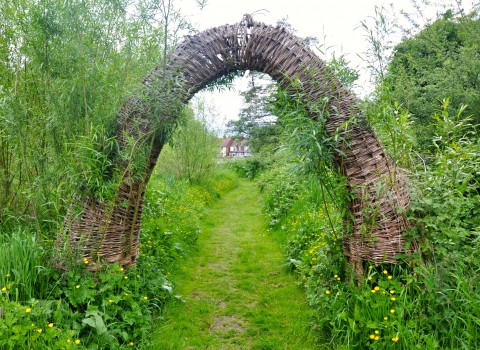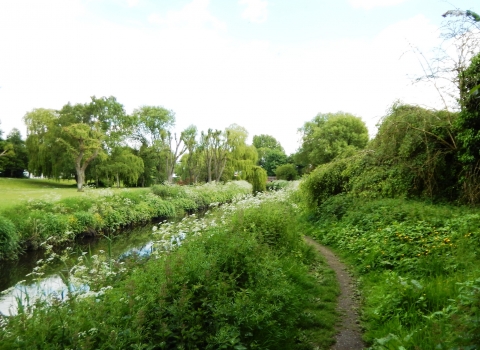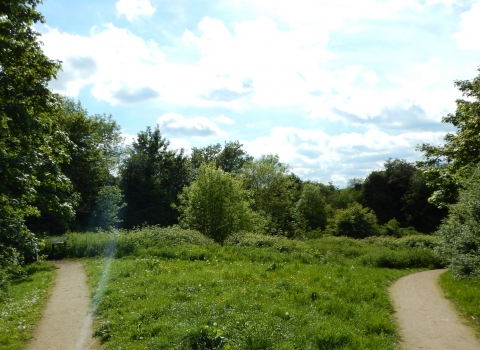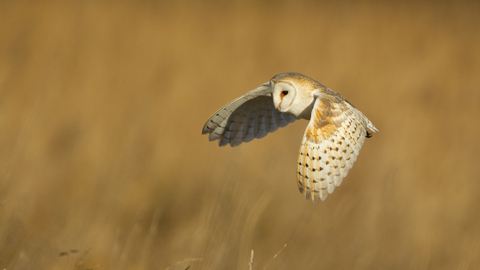
Danny Green/2020VISION
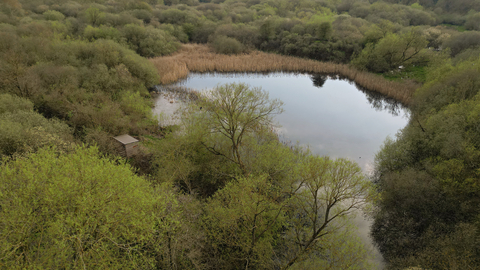
Whitacre Heath by Simon Watts
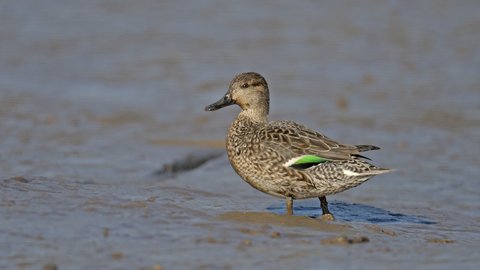
Teal © Chris Gomersall/2020VISION
Location
Know before you go
Dogs
Assistance dogs only
When to visit
Opening times
Open at all times (car park for members only)Best time to visit
March to JulyAbout the reserve
The Tame Valley
The Tame Valley Wetlands span from Coleshill to Tamworth and includes several of the most important wildlife sites in the Midlands. It is a vital north-south migration route, providing essential resting and feeding places for thousands of migrating birds. The Tame Valley has undergone great changes as a result of human activity over the last century. Old gravel workings now form the largest series of interconnected wetlands in the county. Water quality has also improved, vital for aquatic invertebrates and fish, perfect for kingfishers and otters. The Valley also has a wealth of heritage features – from relic hedgerows to aqueducts and old pill boxes built during the Second World War.
What's it like to visit?
Whitacre Heath Nature Reserve is a good example of vegetation succession, from open water through marsh into willow carr and woodland. The reserve is important for breeding water birds. The pools support species including little grebe, tufted duck, water rail and teal. Waders such as lapwing, redshank, curlew and snipe are also regular visitors to the large areas of wet grassland. Other frequently seen birds include great spotted and green woodpeckers and numerous species of warblers, finches, tits and thrushes. Dominated by alder and willow, the wet woodland areas are important for fungi, mosses and liverworts which thrive in damp, shaded conditions. Deadwood provides a home to a number of important beetle species. Frogs and toads thrive in the moist habitats and pools on the reserve. Grass snakes can be seen in March and April basking in the spring sunshine.
Please note, there is no access to the meadows.
What is there to do here?
Follow the way-markers around Whitacre Heath Nature Reserve for a great way to discover the reserve and its wildlife.
Bring crayons and paper along to make brass rubbings as you explore! There are also many more activity suggestions for your visit in our trail guide.
What might you spot here?
Look out for some interesting plants including southern marsh orchid and the rare blue fleabane, which is only found at a handful of locations in Warwickshire. Keep an eye open for the rare white-letter hairstreak butterfly and watch for emperor dragonflies and broad-bodied chasers in mid-summer flying over the open pools.
How is the nature reserve managed?
Volunteers play a vital role managing the reserve by maintaining footpaths, controlling encroaching scrub and the invasive non-native plant Himalayan balsam. Occasionally, you may see cattle grazing parts of the reserve, especially areas of wet grassland. This creates optimal conditions for ground nesting birds, which rely on open areas of wet grassland to breed.
Love wildlife? Become a member and make a difference on your doorstep
As a member, your subscription will help look after local wildlife and our amazing nature reserves across Coventry, Warwickshire and Solihull. You'll receive a range of benefits, including free entry to over 65 local nature reserves, with member only free car parks where available, and our Wild Warwickshire magazine three times a year.

